California Energy Commission adopts offshore wind goals: 5GW by 2030, 25 GW by 2045
Green Car Congress
AUGUST 11, 2022
The California Energy Commission (CEC) adopted a report establishing offshore wind goals and moving the state one step closer to development of the clean energy resource off California’s coast. Additional transmission infrastructure will be needed to deliver offshore wind energy from this region to the grid.


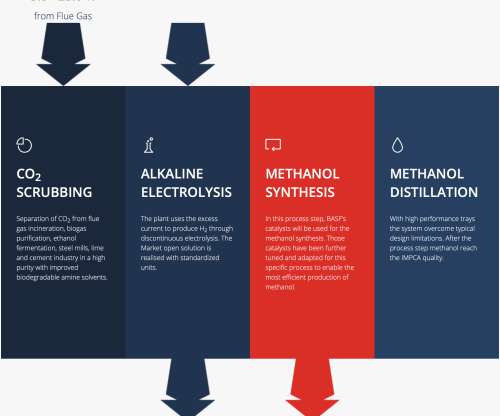


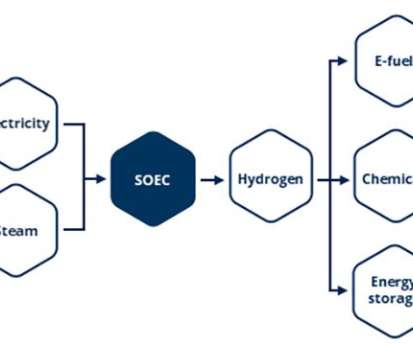


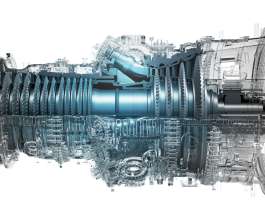

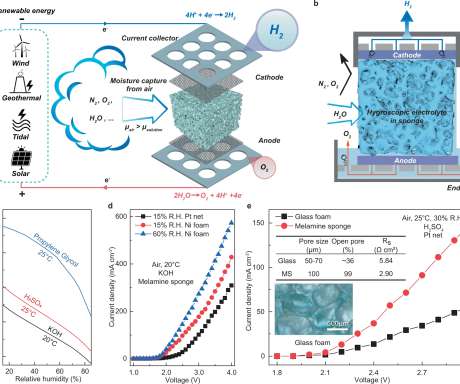
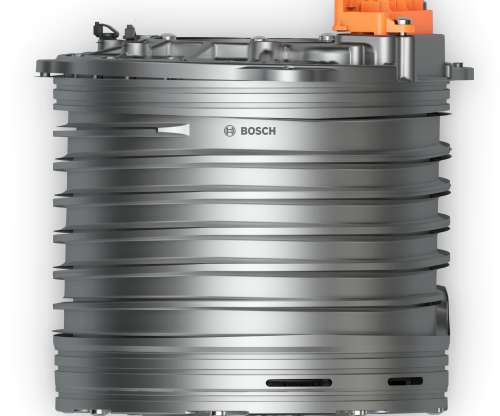

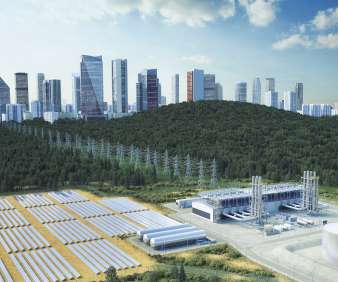








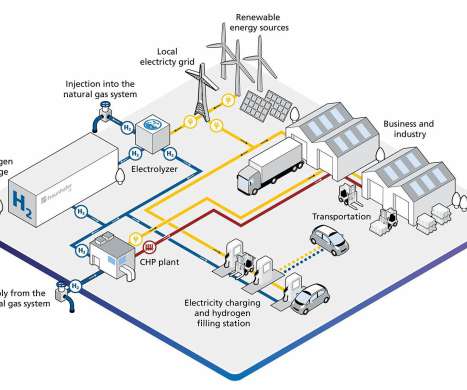


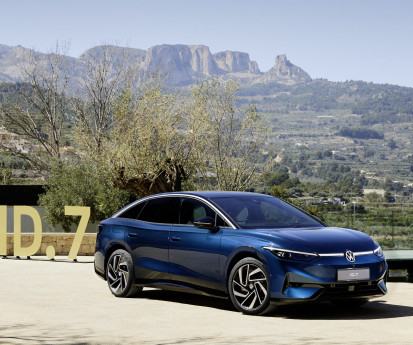

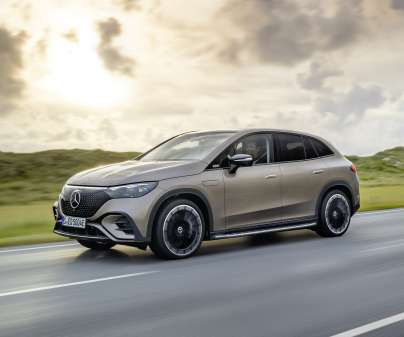


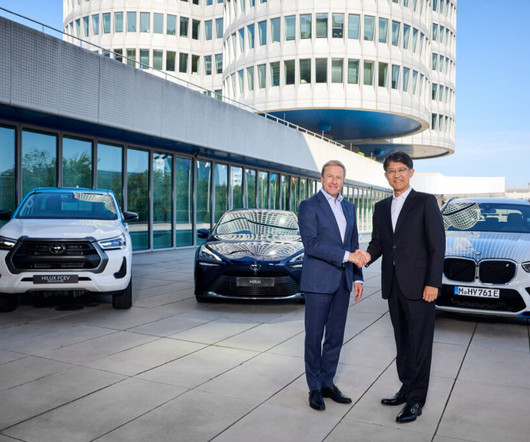

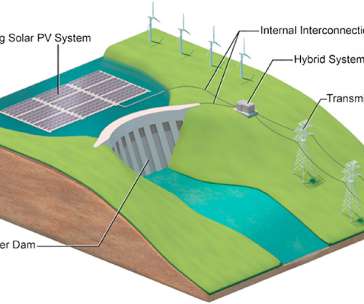












Let's personalize your content